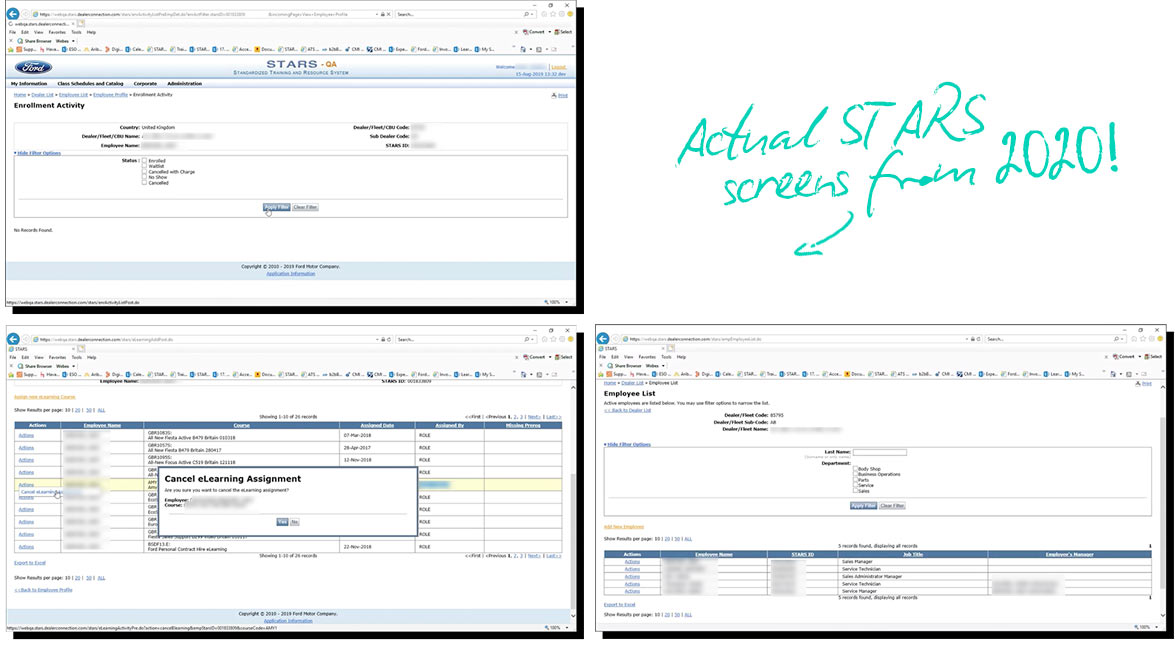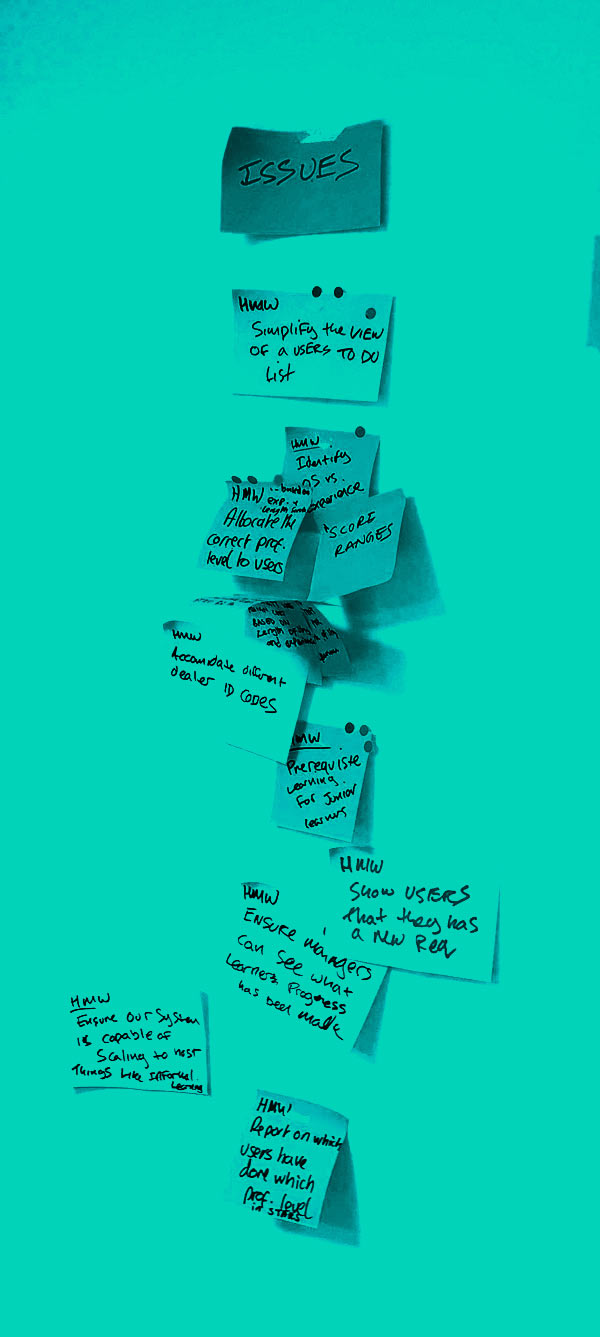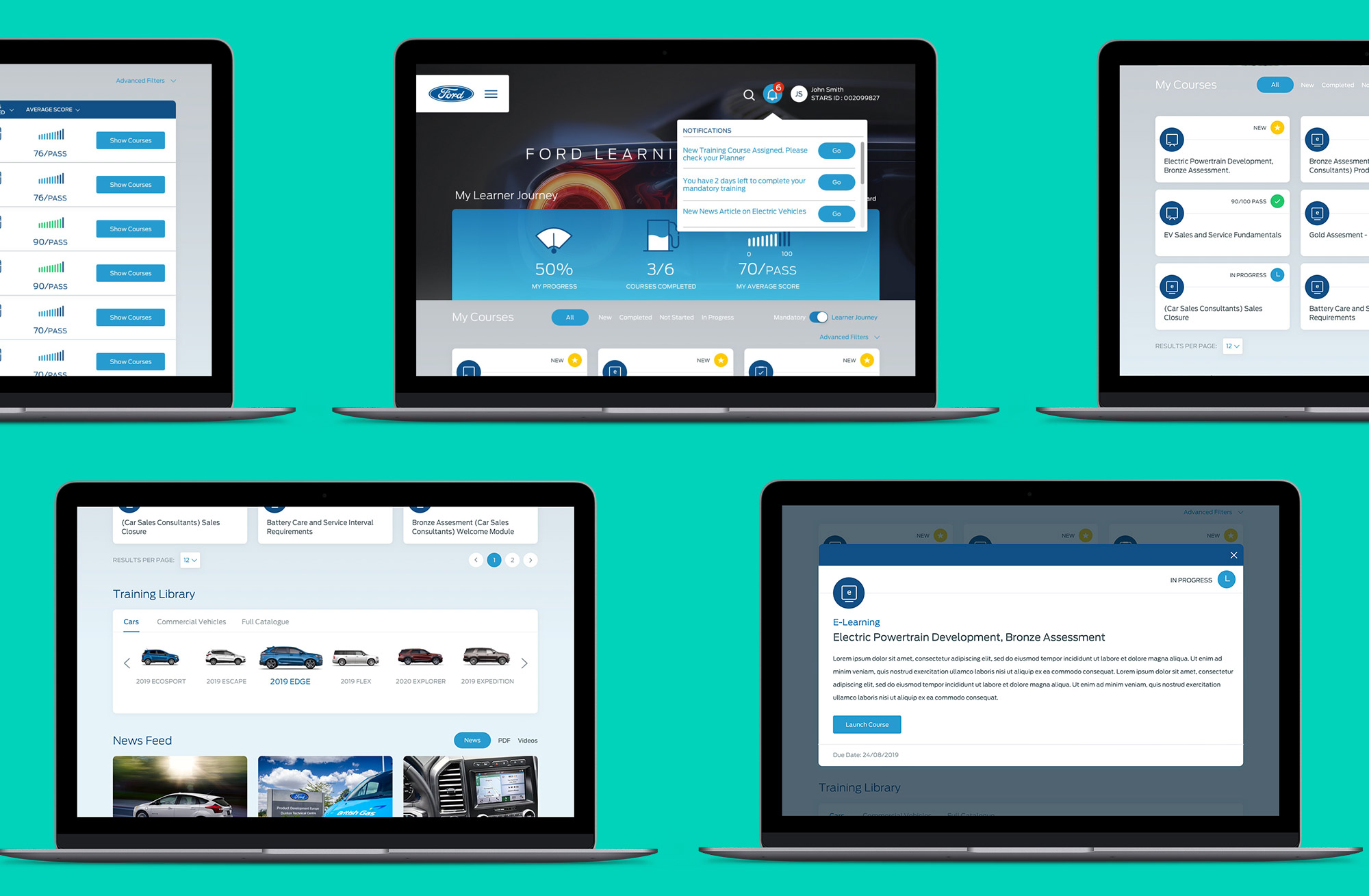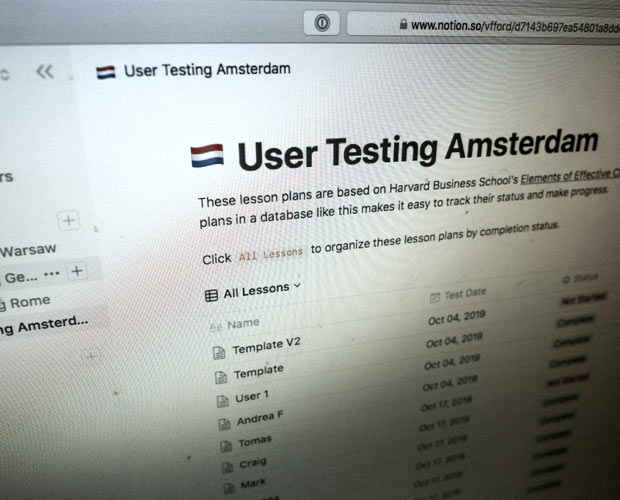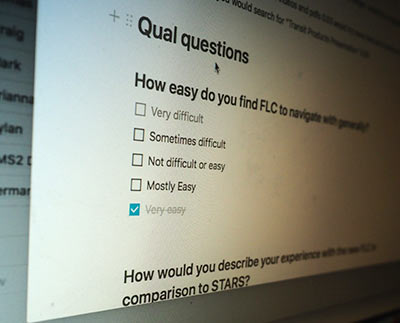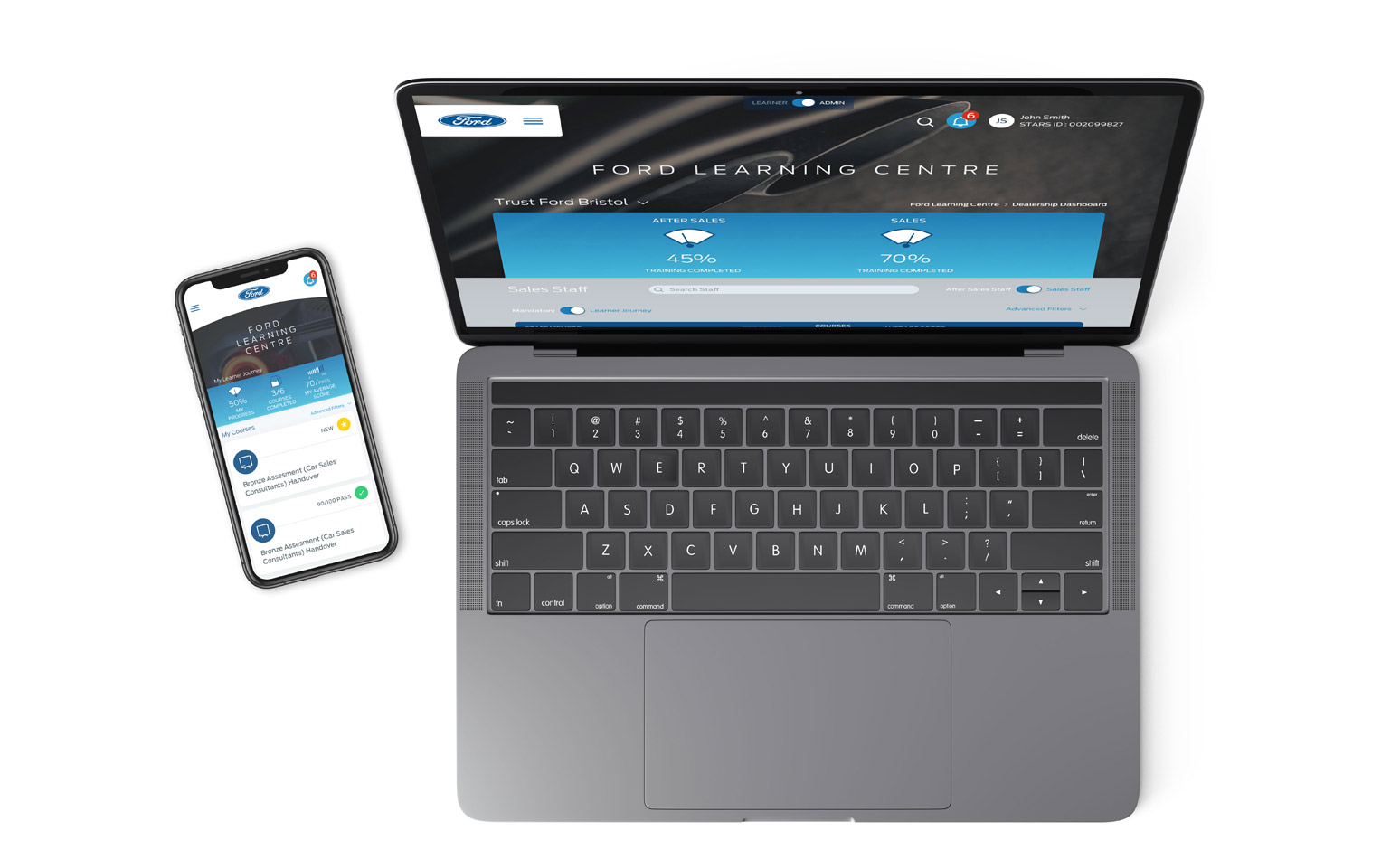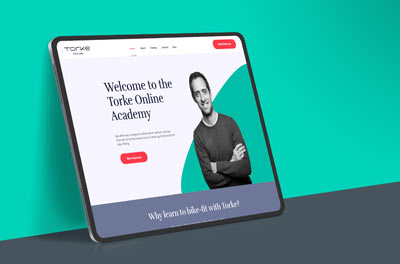Step 4
The Results of Testing
Starting on a positive foot and getting the go-ahead for the full delivery
Results gathered during the tests were, on the whole, comparable throughout the study despite the minor changes in between tests. We used the timed tasks to extrapolate representative time savings for each market and for Europe as a whole. We were also able to present positive qualitative results across all of our test users.
It could be argued that the bar for improvement was set fairly low by STARS but, in addition to gathering data to present to stakeholders, another important aim of this initial round of design was to demonstrate an effective and workable relationship between The Virtual Forge and Ford of Europe.
Outcome summary:
The tasks undertaken by testers were designed to be representative of a user's typical interaction with the system from logging in to launching 1 item of e-learning (this takes the user to an external e-learning player which was out of the scope of the project):
- Show us how you would view your current curriculum
- Show us how you would find out which courses are still pending
- Show us how you would view which courses are complete
- Show us how you would view the details of an outstanding learning item
- Show us how you would launch an outstanding learning item (this was a surprisingly complicated step in the process)


